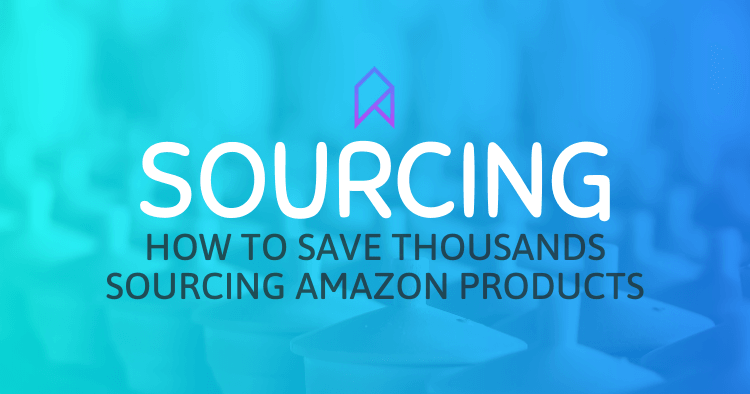
Product Sourcing Amazon: 5 Ways To Save Thousands
As Amazon sellers, we tend to get into bad habits when it comes to managing logistics. You may be proficient in skills related to product design and marketing, and you may have figured out the best practices on increasing your sell-through and conversion rates. Yet, you might find that you’re hemorrhaging money when it comes to the very first step of business – sourcing your products.
There are two ways to increase the profitability of any business – increase revenue or decrease costs. We see a lot of advice centered around the first method, but when it comes to cutting costs, the expenses involved with procuring a product seem to get overlooked.
Let’s take a look at the most common oversights that sellers tend to make regarding product sourcing Amazon and how you make exponentially more money by accounting for them.
In this Product Sourcing Amazon guide, we’ll take a look at:
- Why It’s Important to Talk About Sourcing Products To Sell On Amazon
- How Sourcing Products For Amazon Can Affect Your Business Value
- Product Sourcing Tip #1: Always Buy From Real Factories
- Product Sourcing Tip #2: Provide Detailed Product Specifications
- Product Sourcing Tip #3: Sign an NCND Contract With Your Supplier
- Product Sourcing Tip #4: Request A Production Sample Before Shipping Goods
- Product Sourcing Tip #5: Have Realistic Expectations
- What’s Your Next Move?
Why It’s Important to Talk About Sourcing Products To Sell On Amazon
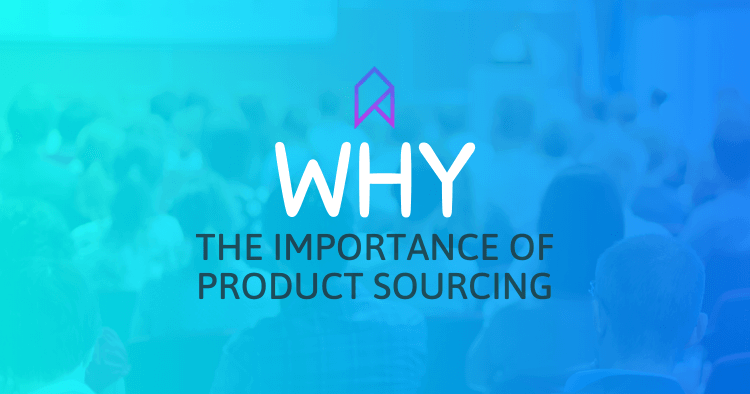
Most sellers are clueless about the companies they’re buying goods from and end up paying way more than they need to. By not being diligent about the costs of sourcing, you leave thousands of dollars just lying on the table. If you can cut down on these costs, your profits will rise dramatically.
Remember – make money not just when you sell, but also when you buy.
Where you purchase your products from not only affects your profit margins, it also determines the quality of what you’re selling. Knowing how to get the most out of your supplier can help make your products better than your competitor’s offerings.
How Sourcing Products For Amazon Can Affect Your Business Value
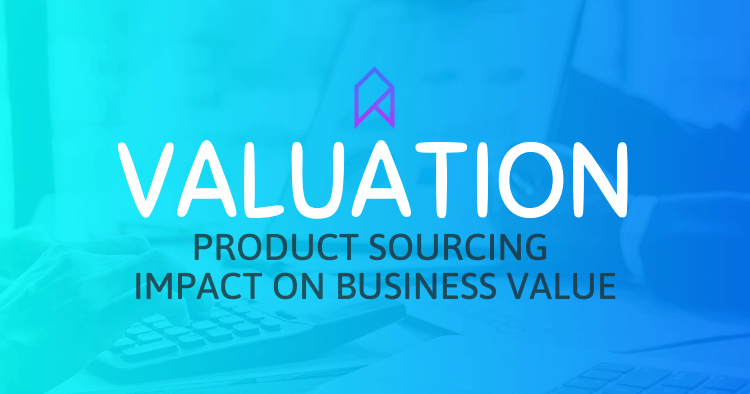
If you plan on selling your business at any point, here’s something you should know. The people buying your business will thoroughly scrutinize your finances and often hire consultants to audit your reports to see if they can cut expenses to make your company more profitable.
Say you’re making $500,000 in annual sales, of which $75,000 is profit. If you reduce the cost of your goods by 10%, your profit goes up by $50,000.
A lot of buyers use the multiplier method to determine the value of your business. Let’s say the multiplier coefficient is 3. Three times $50,000 is $150,000.
If you’re aware of this, you can use it to your advantage to get a better price for your business. If your buyer is aware of this, but you aren’t, you’ve just left $150,000 on the table.
Now that we’ve talked about how vital Amazon product sourcing is, let’s talk about the five tips on Amazon product sourcing based on the most common mistakes sellers make.
Product Sourcing Tip #1:
Always Buy From Real Factories
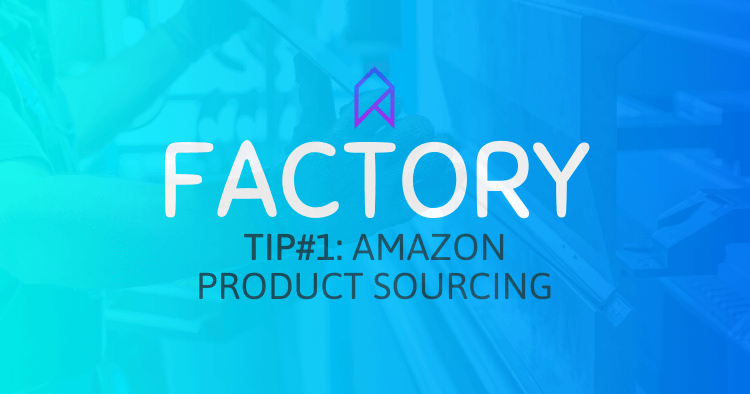
If you’re using a sourcing agent, ensure that the savings they get are transferred to you and are not just pocketed by them. More often than not, agents will quote a higher number to you than the actual price. Finding factories on Amazon sourcing websites can be tricky. Most of the companies posing as suppliers on sourcing websites are not truly factories. Factories in China often don’t have English-speaking staff members, so these ‘companies’ are middlemen who sell products to you after a considerable mark-up, sometimes up to 30%. Here are some ways you can tell whether or not you’re dealing with an actual factory:
- Audit or visit the factory: You can hire an inspection company to inspect the factory on your behalf to make sure that it’s legitimate.
- The number of employees: An actual factory will have dozens or even hundreds of workers.
- Photos and Videos of the Factory: Buildings in China have the factory name written in Chinese displayed on the building. Genuine factories will provide pictures of the building with the listing, and some will have videos of their operations where you will be able to see workers performing their jobs.
- Consistent Product Offerings: Check the other listings that have been put up by the supplier you’re considering. If they’re offering a wide variety of products, such as smartphone cases and school supplies, they’re probably not a real factory. Chinese factories are specialized. The products they’re offering would be related.
- Annual Transaction Amount: Most genuine factories have substantial transaction amounts, averaging around 2-3 million dollars a year.
- Age: Choose a factory that has been in business for at least five years so that you know that it’s an established and well-functioning supplier.
Instead of contacting suppliers via a platform, you can also consider using a local company to get in touch with that supplier. Use the sourcing platform for research and then reach out to the factory via a local service located in their region. This can be a smart move because foreigners often get charged higher prices than locals, as the assumption is that foreigners would not know any better.
Make sure you get quotes and samples from at least 3-5 suppliers before making your decision.
Product Sourcing Tip #2:
Provide Detailed Product Specifications
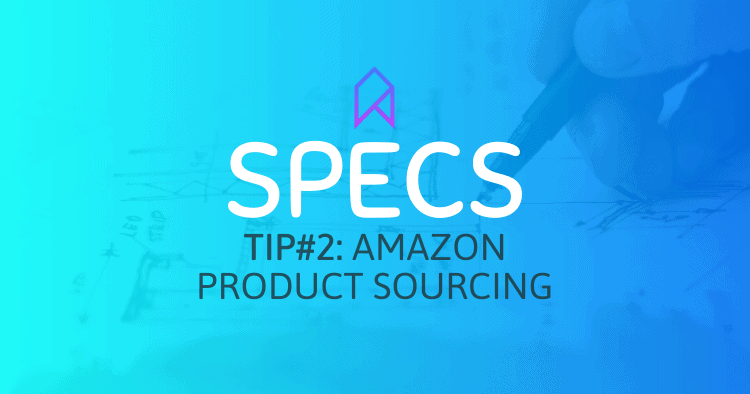
A proforma invoice is a powerful legal document. Use it to your advantage by laying down detailed terms and conditions. Provide comprehensive specifications for your product, the lead time for production, and the mold’s ownership terms. If you’ve designed your own products with the factory, the last one is particularly important as you want to ensure that the factory cannot rip it off or sell your product to someone else.
It’s essential to have all this information in the proforma invoice because it provides a set of instructions your supplier is legally bound to follow. Everything you negotiate should be put down on paper so that the factory can’t go back on its word.
Here are the must-haves for your proforma document:
- Quantity and Extra Quantity: Specify the number of units you want. Sometimes, a small number of items will turn out to be defective, so it may be wise to specify 1-2 percent as an extra quantity to be safe.
- Instructions for Inserts and Placements: Carefully explain where you want your inserts and what part of the product to place them in. Do the same for any barcodes you wish to put on the goods. Make sure to specify the sizes of these items. You can send your supplier photos or videos of how you want it to look and how they should package the products.
- Carton Box Inscription: If there’s anything you want to be inscribed or written on the boxes containing your products, provide details for it in the document.
- Inspection Ready Date: Set a date with your supplier for when you’re going to have your inspection company examine the materials and specify it in the proforma.
- Product Ready Date: This is a must. Specify the amount of time your products should be ready within and outline a mechanism for what will happen in case of delays. If you had agreed on 30 days, but your supplier suddenly changes it to 45 days, they should compensate you for the delay.
- Product Specifications: This one is the most obvious. List out exact and detailed specifications for your items, including the dimensions, the weight, the packaging, and whatever you expect from the product.
Product Sourcing Tip #3:
Sign an NCND Contract With Your Supplier
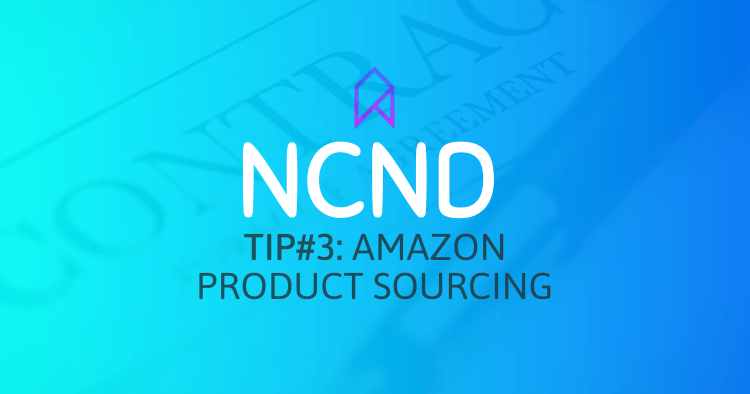
Say you’ve come up with a product that is miles ahead of anything your competitors are offering. The worst thing that could happen is your idea gets stolen.
There have been many cases where suppliers and agents have sold their clients’ ideas to competitors to earn a quick buck. They may pedal it forward and rip off the product you spent your time and money to develop.
To stop this from happening, make sure that before you tell anyone your idea, you make them sign a legally binding NCND (Non-Circumvention Non-Disclosure) agreement that prohibits them from reusing or communicating anything you tell them. Ensure that this contract is enforceable in your supplier’s country.
In case you find that your product has been replicated and is listed on any sourcing website, contact the redressal team of that website. Every credible site will take complaints very seriously, and you can request them to remove these listings.
Product Sourcing Tip #4:
Request A Production Sample Before Shipping Goods
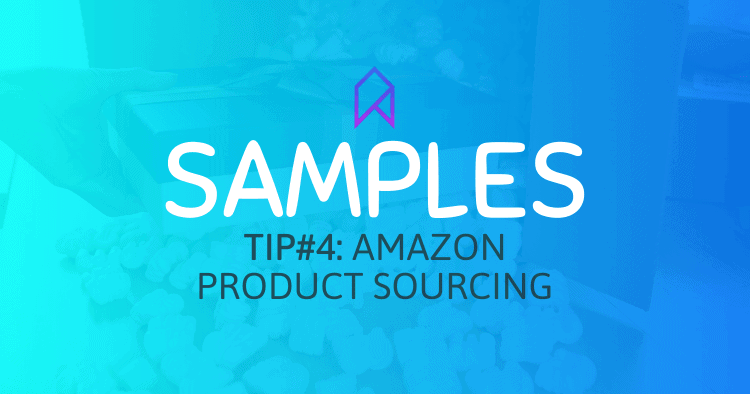
Understand one thing – an initial sample from a supplier is their best effort to convince you to employ them. They will make it as beautiful as they can to get you to approve it for production, and only after you receive your product will you realize that it is worse looking and of lower quality than you had expected. By this time, you have already wasted your time and money.
Even if you’ve been working with a supplier for quite some time, don’t assume that your next shipment’s quality will be as good as all of the previous ones. As your supplier grows and gets more customers, they become more likely to make errors.
To avoid this, during production, ask the supplier to pick one unit out of the output and send it to you for review. This unit is called a production sample. It will cost shipping charges, but it is worth it.
If this is not possible, get an independent inspection service to inspect the units and verify that they meet your standards.
By taking this small step, you can ensure the quality of your products is not compromised. You also save yourself the trouble of being stuck with a shipment of inferior goods.
Product Sourcing Tip #5:
Have Realistic Expectations
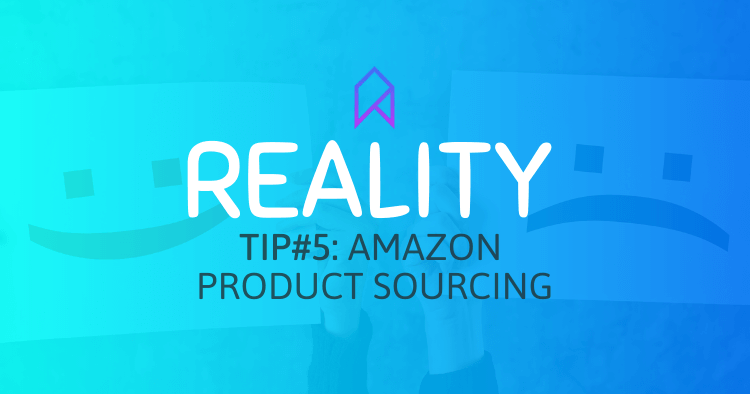
Do not expect an A-Class product from a C-Class supplier.
You’ll often find that an incredibly cheap supplier will send you a sample of a product. You’ll see that the sample is of low quality – they’ve used low-grade material, the adhesive is very weak, it’s not stitched correctly.
At this point, you may find yourself thinking about employing this cheap supplier. After all, they charge lower rates than all the other companies you contacted. You could just ask them to use better materials and to fix the issues that plagued the sample.
Drop this idea immediately. The sample you receive from a supplier is the best they can do. If the sample is substandard, the production units will be worse. They will not improve the product’s quality, especially once you have placed an order and handed them the money.
Go with a supplier who can consistently deliver high-grade products and good-quality samples.
An inferior product is not worth the money you save by going with a cheap factory. If you want to be successful on Amazon, it’s alright if you can’t match your competitors’ prices as long as your product is demonstrably better than theirs.
Aim to have the best item rather than the cheapest one. Having the best product does not mean you go with an exorbitantly expensive supplier; it just means that you do not compromise on quality.
What’s Your Next Move?

By keeping these tips in mind, you can ensure that you don’t fall into the Amazon product sourcing errors most people make. Use this advice to drive down your costs and drive up your profits. Start today by researching and examining your finances to see how you can cut expenditure on goods procurement. You can always hire consultants to help you with the task. Of course, Amazon product sourcing is just one way to increase profitability and business valuation. Learn more about maximizing profits by properly managing Amazon inventory, yet another crucial area that Amazon sellers often overlook. Consider these three moves next to optimize your Amazon business:
- Sync, Scale, and Stay In Stock with our inventory management software
- Enroll in the supplier negotiation masterclass
- Download the Amazon inventory planner below:
 Get Started
Get Started